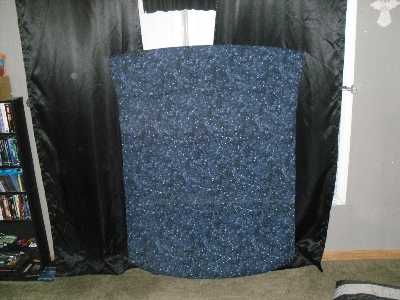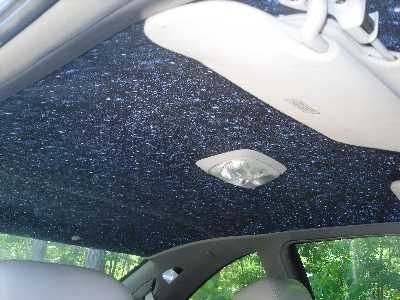There are about 50 other products on the market which make similar claims, many of them being just duplicate products under different names from the same company. The price for a pint or quart of these engine oil additives runs from a few dollars to more than $20. Do these products do any good? Not much. Do they do any harm. Sometimes.
What's in these miracle lubricants, anyway? If they're so wonderful, why don't car manufacturers recommend their usage? Why don't oil companies get into the additive business? Where are these studies mentioned by Petrolon (Slick 50)? Probably in the same file cabinet as the tobacco company studies proving the health benefits of smoking.
The basic ingredient is the same in most of these additives: 50 weight engine oil with standard additives. The magic ingredient in Slick 50, Liquid Ring, Matrix, QM1 and T-Plus from K-Mart is Polytetrafluoroethylene. Don't try to pronounce it: call it PTFE. But don't call it Teflon, which is what it is, because that is a registered trademark. Dupont, who invented Teflon, claims that "Teflon is not useful as an ingredient in oil additives or oils used for internal combustion engines." But what do they know? They haven't seen the secret studies done by Petrolon (Slick 50).
PTFE is a solid which is added to engine oil and coats the moving parts of the engine.
However, such solids seem even more inclined to coat non-moving parts, like oil passages and filters. After all, if it can build up under the pressures and friction exerted on a cylinder wall, then it stands to reason it should build up even better in places with low pressures and virtually no friction.
This conclusion seems to be borne out by tests on oil additives containing PTFE conducted by the NASA Lewis Research Center, which said in their report, "In the types of bearing surface contact we have looked at, we have seen no benefit. In some cases we have seen detrimental effect. The solids in the oil tend to accumulate at inlets and act as a dam, which simply blocks the oil from entering. Instead of helping, it is actually depriving parts of lubricant" (Rau).
In defense of Slick 50, tests done on a Chevy 6 cylinder engine by the University of Utah Engineering Experiment Station found that after treatment with the PTFE additive the test engine's friction was reduced by 13.1 percent, the output horsepower increased from 5.3 percent to 8.1 percent, and fuel economy improved as well. Unfortunately, the same tests concluded that "There was a pressure drop across the oil filter resulting from possible clogging of small passageways." Oil analysis showed that iron contamination doubled after the treatment, indicating that engine wear increased (Rau).



